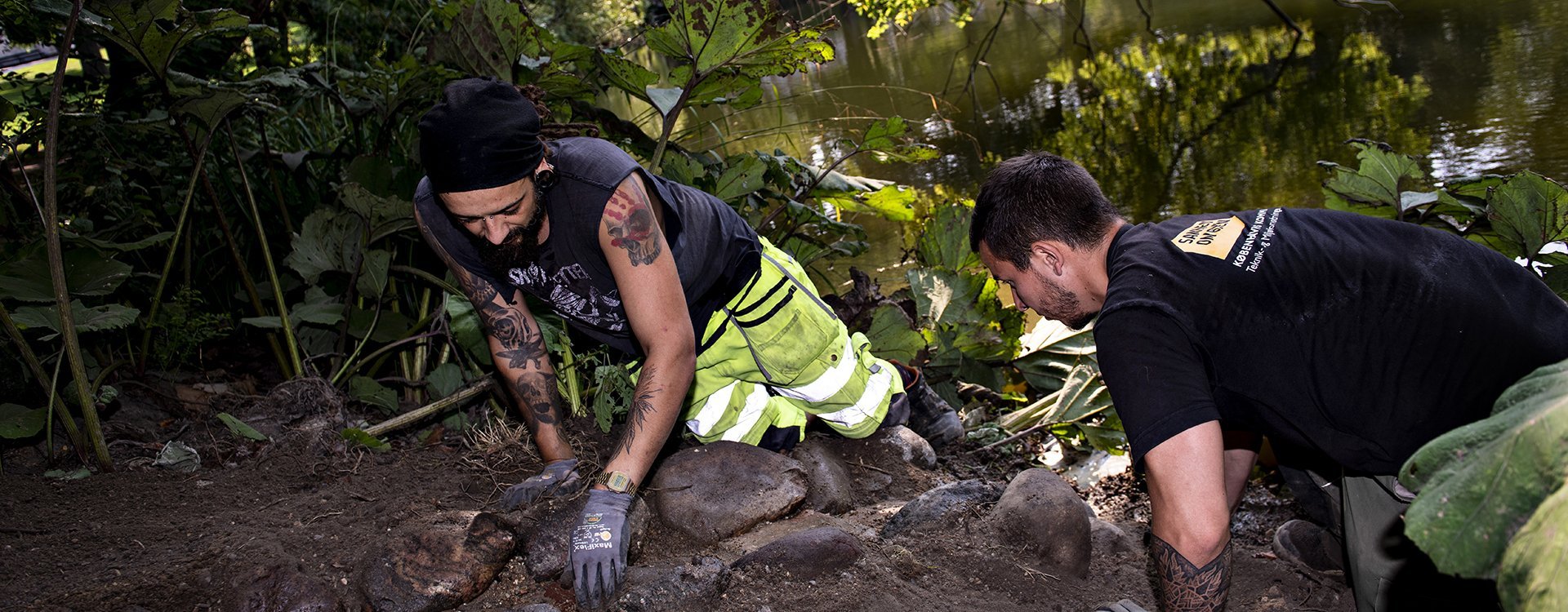It is important for FH to continue the green development in the EU with initiatives that reduce uncertainty for workers, the corporate sector and investors whose contributions and commitment are crucial to the transition.
Higher EU ambitions can benefit the climate, reduce carbon leakage and increase Danish exports. Higher ambitions in all of the EU will not just benefit the climate directly, it will also reduce the risk that climate initiatives in Denmark will push production, and thereby workplaces and emissions, abroad.
The launch of climate initiatives in other EU member states ensure a more level playing field for Danish companies in in the face of international competition. This is especially important for manufacturing companies, industry and agriculture.
Higher ambitions can also increase demand for Danish solutions to the benefit of growth and employment. This can be green energy and climate-friendly technologies, for example, and the circular economy, research and technology deductions for SME’s.
Denmark should therefore strive to ensure that the EU commits to a reduction target that corresponds to the Danish one. At the same time, there is a need for a revision of the EU’s emissions trading system (ETS) in order to avoid that reductions in Denmark are countered by increased emissions in other member states.
In the next stage, Denmark should – together with the other member states – reduce the risk of carbon leakage to third countries by introducing a European carbon border tax. Figure 13 shows that there is wide support for this at the national level.

It is worth considering to combine the work to increase the ambitions at the EU level with the proposed efforts in Power-to-X, carbon capture, circular economy and research described above.
Denmark could argue that it has launched efforts that can also contribute the transition in other countries – both when it comes to specific technological developments and the production of green electricity which will, perhaps, exceed Denmark’s own need.
Exports and widespread use of Danish solutions
We must harvest the benefits of the investments Denmark makes in terms of climate initiatives. The initiatives must not just benefit the climate, they must also benefit exports and employment.
As can be seen from figure 14, the export of energy technology has been increasing, and today, it constitutes a significant share of the total Danish commodity exports.

And at the government level, the cooperation with China has, according to the Danish Energy Agency, helped China reduce its emissions by 22m tonnes of CO2e – which corresponds to approximately half of Denmark’s emission in a single year[18].
These reductions do not contribute to achieving Denmark’s national 2030 targets, but they contribute to solving the global challenge of climate change and to increase the interest in Danish solutions.
You are now reading Chapter 09. International initiatives regarding climate, competitiveness and exports.
Read also:
01. Greater roles and measures for the public sector
02. Strategic commitments to Power-to-X, the circular economy, bioeconomics, carbon capture and research
03. Sector coupling underpinned by major energy investments
04. More climate-friendly installations, structures and buildings
05. More circular economy, better disposal and management of waste
06. Climate-friendly development of foods, consumption, agriculture and development of forests
07. Transportation: Reorganization of taxation of cars and transformation of heavy transport
08. A green transition of business and industry
10. Climate taxes and other sources of financing
The efforts should be boosted further through a strengthened export strategy for green growth which, among other things, focus on the strategic commitments within, for example, Power-to-X, carbon capture and circular economy. Especially in the area of circular economy, Denmark should strive to become a frontrunner. In that connection, the strategy should also focus particularly on climate-friendly foods and technologies in agriculture.
Specifically, the strengthening can be done by allocating more resources to the Foreign Service and by coordinating its efforts with the Export Credit Agency and the Investment Fund for Developing Countries, among others.
Higher ambitions can increase the demand for Danish solutions to the benefit of growth and employment
A just transition in the EU
Denmark must fight for a just and socially balanced transition in the EU. In January 2020, the European Commission submitted a proposal on the establishment of a “Just Transition Fund” which contains many good initiatives.
The fund should, however, have a broader aim than the one proposed by the Commission. Among other things, the fund should not just help occupational groups that are directly affected by the transition, but other groups as well.
Box 11: FH proposes
- The EU’s 2030 targets must be increased by up to 70%
- The introduction of a European carbon customs tax
- Strengthened efforts in the areas of knowledge sharing and exports
- Denmark must be a pioneer country in circular economics
- The Just Transition Fund must have a broader focus
- Territorial just transition plans should be prepared as soon as possible
Read more at: https://fho.dk/tekniskbaggrundsnotat
For example, the oil industry has thousands of direct and indirect workers. At the same time, the fund should not just focus on retraining those who have already lost their jobs, but also on continuing training and education in general.
There must be development and not dismantling. Finally, the fund must be financed by new and additional funds – not by a redistribution of funds that have already been allocated to employment, skills development and poverty reduction.
Domestically, the Government must, as quickly as possible, launch the preparation of the territorial just transition plans, which is one of the conditions for obtaining full funding from the EU mechanisms. This preparation should take place in cooperation with the relevant parties, including municipalities and the trade union movement.
Literature reference
[18] Politiken, 2 July 2019, ”Danmark hjælper Kina med CO2-reduktion”
You just finished reading Chapter 09. International initiatives regarding climate, competitiveness and exports.
Read all chapters below:








